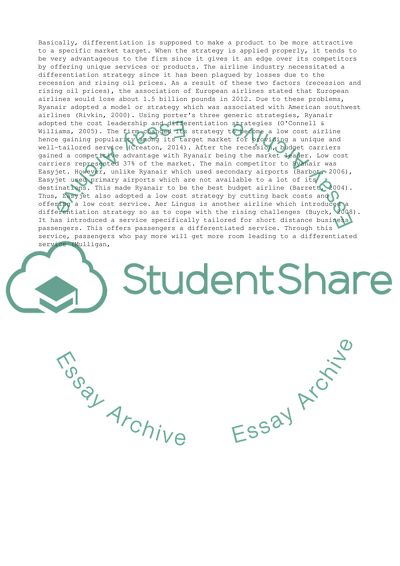Cite this document
(Strategy Management in organisation Essay Example | Topics and Well Written Essays - 3000 words, n.d.)
Strategy Management in organisation Essay Example | Topics and Well Written Essays - 3000 words. https://studentshare.org/management/1881947-strategy-management-in-organisation
Strategy Management in organisation Essay Example | Topics and Well Written Essays - 3000 words. https://studentshare.org/management/1881947-strategy-management-in-organisation
(Strategy Management in Organisation Essay Example | Topics and Well Written Essays - 3000 Words)
Strategy Management in Organisation Essay Example | Topics and Well Written Essays - 3000 Words. https://studentshare.org/management/1881947-strategy-management-in-organisation.
Strategy Management in Organisation Essay Example | Topics and Well Written Essays - 3000 Words. https://studentshare.org/management/1881947-strategy-management-in-organisation.
“Strategy Management in Organisation Essay Example | Topics and Well Written Essays - 3000 Words”. https://studentshare.org/management/1881947-strategy-management-in-organisation.


